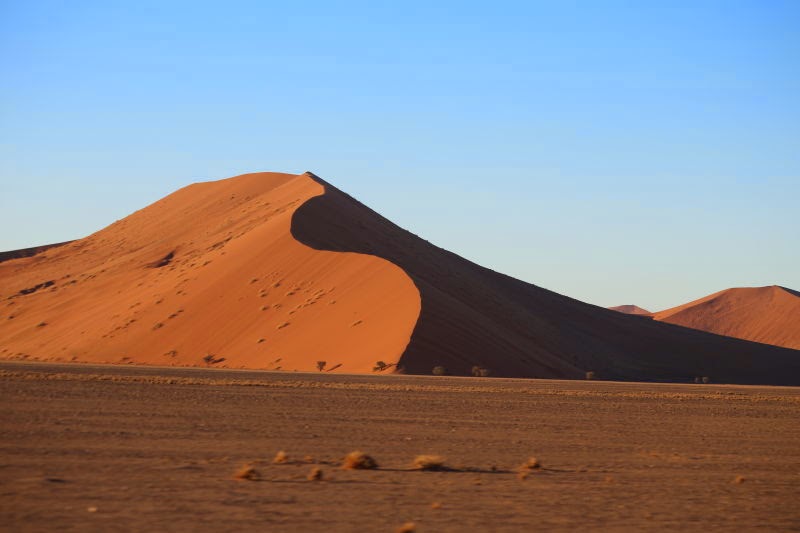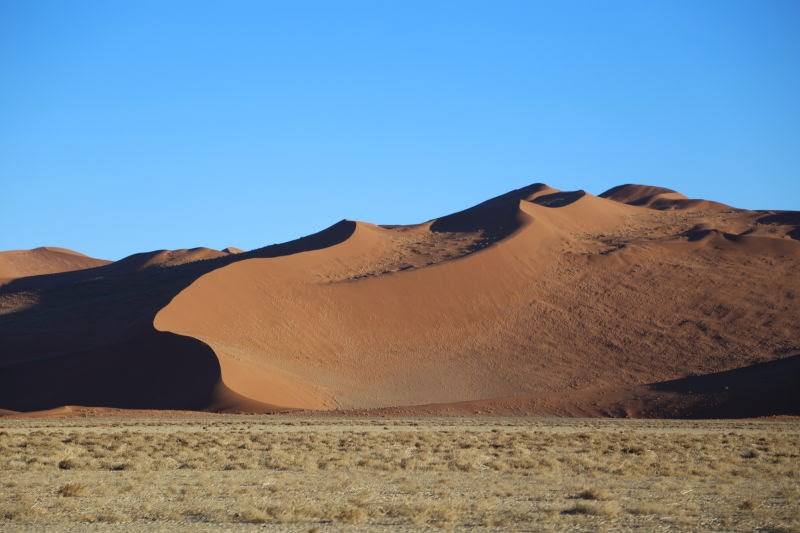On the way to Sossusvlei
we passed the Tropic of Capricorn and some spectacular geological formations as
well as home decorating schemes.
The Namib Sand Sea in the Namib-Naukluft Park
In June 2013 the Namib Sand Sea was named as a World Heritage Site for
- superlative natural phenomenon and outstanding natural beauty
- exceptional example of natural ongoing geological processes
- globally significant ongoing ecological and biological processes
- in situ conservation of species of outstanding universal value
The Namib-Naukluft Park,
covering an area of nearly 50,000 square kilometers, is one of the largest
nature reserves on our planet. At
Sossusvlei, in the park’s southern reaches, drifting, mountainous sand dunes
cover the Namib Desert, the world’s oldest desert in grandeur and glory.
 A road tracks the course
of the dried up Tsauchab riverbed from Sesriem through a valley of soaring sand
peaks to reach the most famous of the dunes at Sossusvlei. Here, mighty ridges reaching 300 meters and
higher encircle a parched greyish-white clay pan or vlei.
A road tracks the course
of the dried up Tsauchab riverbed from Sesriem through a valley of soaring sand
peaks to reach the most famous of the dunes at Sossusvlei. Here, mighty ridges reaching 300 meters and
higher encircle a parched greyish-white clay pan or vlei.
The wind dictates the
contours of the dunes, constantly rearranging the razor-edged slopes and
corrugated plains, while the sun plays artist with colors and shadows. Richly tinted flanks, from pale pink and
apricot to vivid red and orange, make this a magical, moody landscape,
particularly at sunrise when the color transformation is most dramatic.
Known as star dunes
because they are formed by equally strong winds from different directions, the
Sossusvlei dunes are reputed to be the worlds highest. In fact, they are not free standing but rest
on the 30 million year old Tsondab Sandstone terraces which are, themselves,
the petrified remnants of a much older dune field from an ancient Namib. Thus the landscape at Sossusvlei epitomizes
two distinct desert epochs separated by a long period during which a more humid
climate prevailed.















awesome pictures, inspiring narrative; mahalo for sharing
ReplyDelete